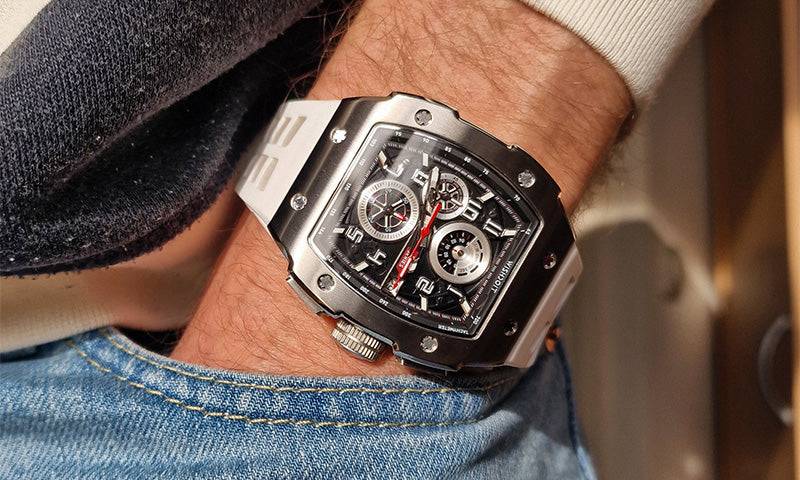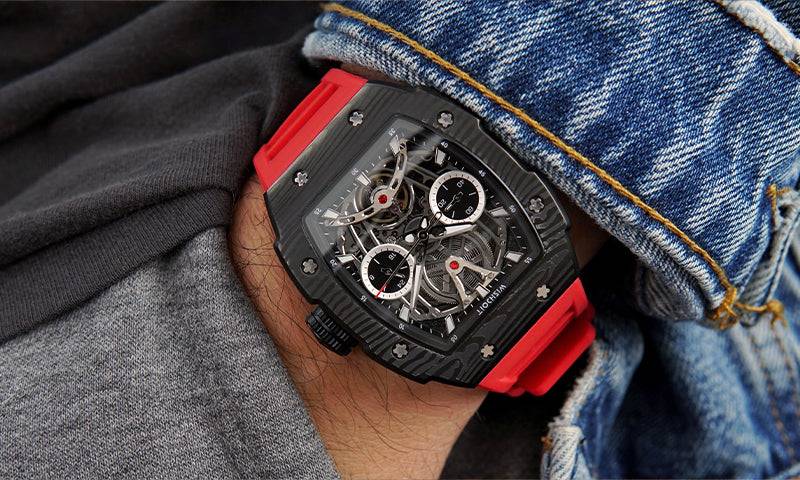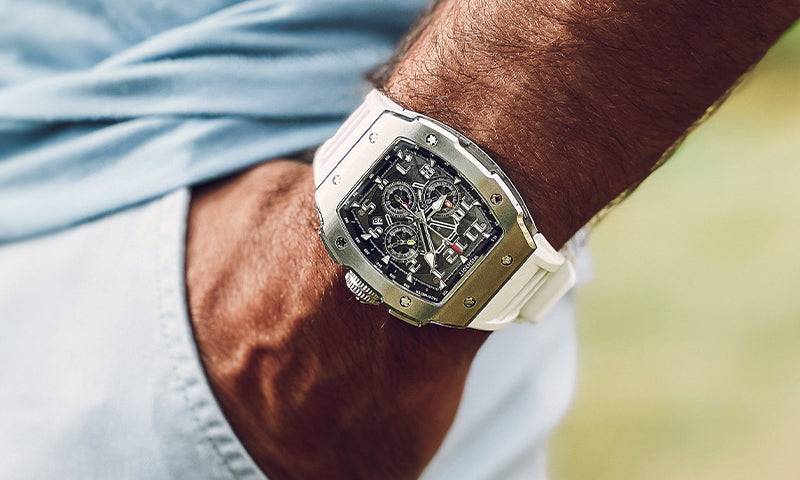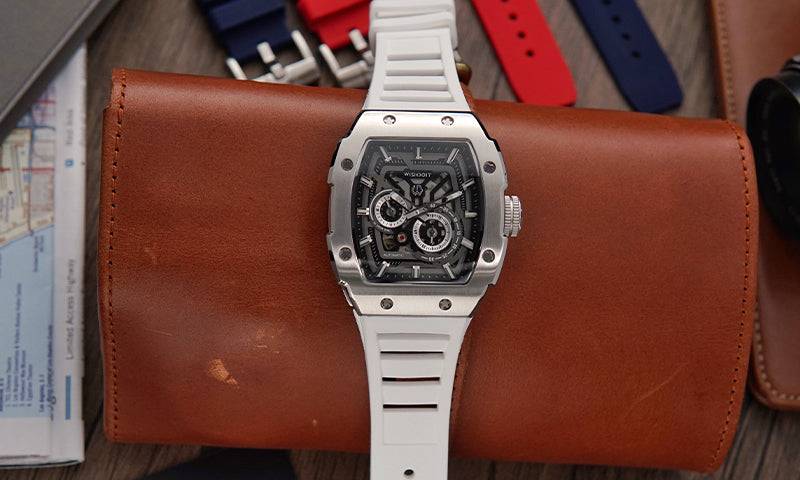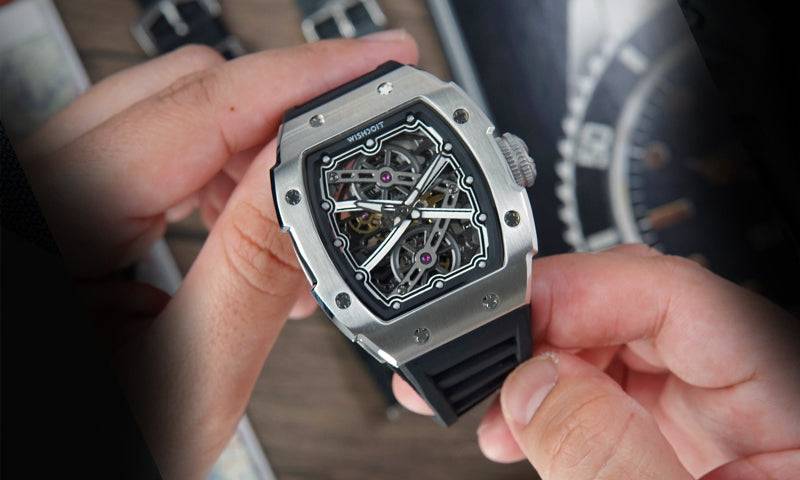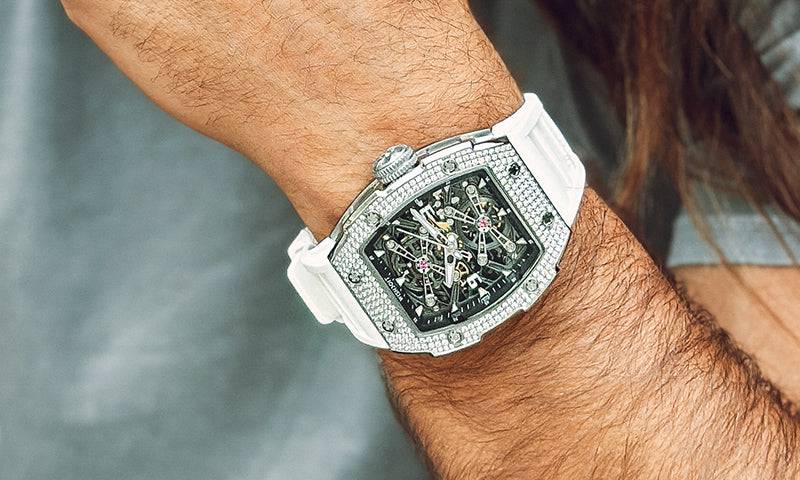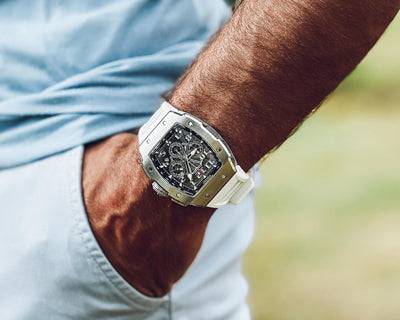In the intricate world of horology, the tourbillon watch stands as a testament to precision and innovation. As timekeepers of unparalleled beauty and craftsmanship, these mesmerizing mechanisms have a rich history that traces back to a visionary watchmaker named Abraham-Louis Breguet.
The year was 1795, and Breguet, a Swiss-French watchmaker, unveiled what would become a groundbreaking invention in the realm of watchmaking—the tourbillon. Born out of a relentless pursuit of accuracy, the tourbillon was designed to counter the effects of gravity on the delicate inner workings of a timepiece.
Breguet's fascination with timekeeping accuracy led him to identify a challenge that had long plagued pocket watches of the era—the gravitational forces that affected the oscillating balance wheel. This interference often resulted in timekeeping inaccuracies, prompting Breguet to conceptualize a device that would revolutionize the way watches maintained their precision.
The tourbillon, French for "whirlwind," is an intricate mechanical system that involves placing the escapement and balance wheel inside a rotating cage. This ingenious design averages out the positional errors caused by gravity as the entire assembly rotates, ensuring a more consistent rate of timekeeping. Breguet's invention was a triumph of engineering, a solution that addressed a fundamental issue in watchmaking and elevated the art to new heights.
As news of Breguet's tourbillon spread, the watchmaking world was captivated by the innovation. The tourbillon was not merely a functional improvement but also a visual spectacle. Watch enthusiasts were enchanted by the rhythmic dance of the rotating cage, a hypnotic display that added an artistic dimension to timekeeping.
Over the centuries, the tourbillon evolved from a functional necessity to a mark of haute horlogerie, embodying the pinnacle of craftsmanship. Watchmakers embraced the challenge of creating increasingly intricate and aesthetically pleasing tourbillon designs, turning these timepieces into true works of art. The tourbillon's integration into wristwatches further expanded its allure, bringing the mesmerizing mechanism to a broader audience.
One of the notable aspects of the tourbillon's journey is its resilience in the face of changing times. As technology advanced and quartz movements threatened traditional mechanical watches, the tourbillon remained a symbol of mechanical mastery and a testament to the enduring appeal of craftsmanship.
In the 21st century, watchmakers continue to push the boundaries of tourbillon design. Modern materials and manufacturing techniques have enabled the creation of tourbillons with unprecedented levels of precision and complexity. Some tourbillons even feature multiple axes of rotation, adding an extra layer of sophistication to these mechanical marvels.
Owning a tourbillon watch has become a status symbol, a statement of appreciation for the artistry and engineering that goes into creating these timepieces. However, the journey from Breguet's workshop to the wrists of discerning collectors is a fascinating tale that intertwines innovation, passion, and a relentless pursuit of perfection.
As you explore the world of tourbillon watches, you not only delve into the history of a remarkable invention but also witness the evolution of an art form. The tourbillon is not just a mechanism to measure time; it's a journey through centuries of craftsmanship, a celebration of human ingenuity encapsulated within the confines of a wristwatch.
In conclusion, the tourbillon watch, born from the visionary mind of Abraham-Louis Breguet, has left an indelible mark on the world of horology. Its story is one of innovation, elegance, and an unwavering commitment to precision. As you embark on your exploration of timekeeping marvels, let the enchanting tale of the tourbillon guide you through the fascinating intersection of art and engineering.
You’ll also like:
The Gift of Time: Christmas Watches to Make Every Moment Count
Affordable Precision: Top Picks for Sub-$300 mechanical Watches




